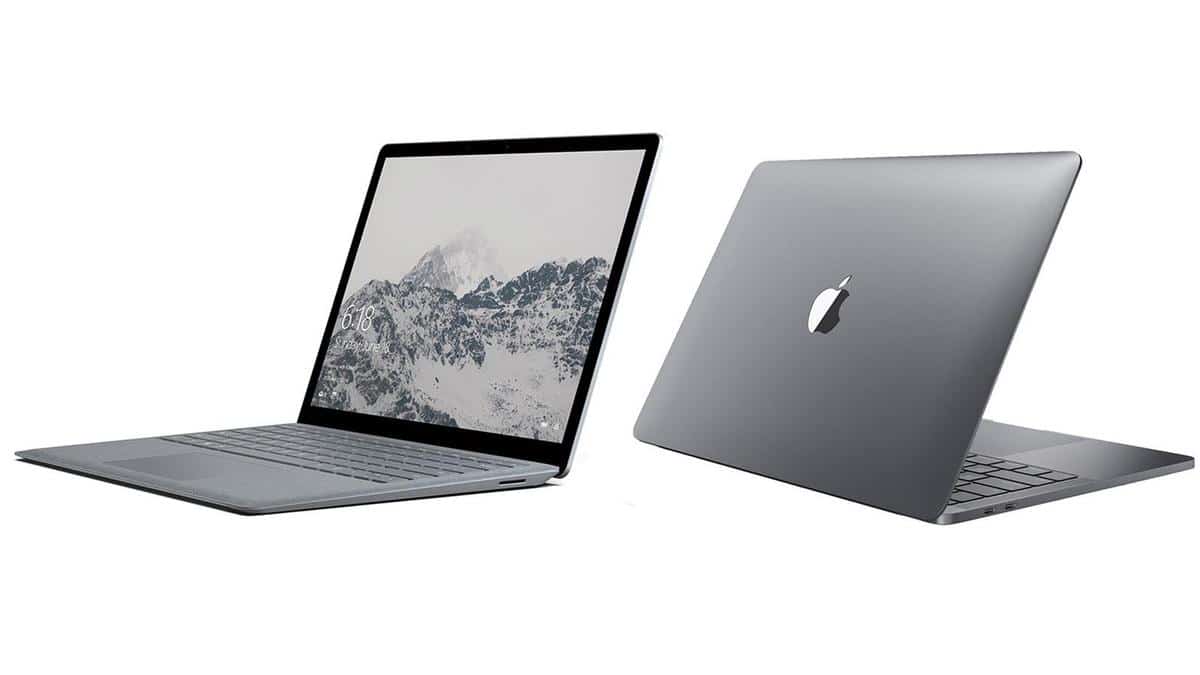Because of the significant development in video conferencing, online schooling, gaming, online video streaming, and individuals working from home as a result of Coronavirus, having the most up-to-date technology in terms of device type is vital to staying connected. Workers and families may find that old computers with obsolete technologies are insufficient to keep them productive, connected, and entertained.
Choosing the correct computer, on the other hand, might be a difficult undertaking. When deciding between a desktop and a notebook computer, consider what you'll be using it for most of the time: home, work, school, or gaming.
Workplaces are increasingly seeking the capacity to stream video conferencing software, while games are evolving to deliver immersive 3D experiences. With online education relying on video conferencing capabilities and enjoyment including streaming movies from platforms like YouTube at home, a computer's power, pricing, and screen quality are all important considerations when purchasing one.
Another important consideration while making a buy is mobility.
“If mobility isn't an issue, choose a desktop because you'll almost certainly get higher performance for the same money—plus more customization options once you buy it. According to Consumer Reports, this is one of the reasons why many dedicated gamers own desktop computers.
The information in this guide is intended to assist businesses and consumers in making the best buying decision possible when updating their desktop or laptop computers.
Desktop Computers vs. Laptop Computers
When it comes to screen size and resolution, desktop and notebook computers differ.
The screen sizes of notebook computers range from 10 to 17.3 inches.
Working on the road or with pupils in a classroom requires smaller screen sizes. Working on documents or spreadsheets, as well as watching internet movies, video conferencing, and gaming, require larger screen sizes. Larger screen sizes also add to the weight and power consumption of notebook computers.
The most common desktop monitor sizes vary from 22 to 24 inches in length. Curved, 4K, ultra-wide, and large-screen displays are other common choices.
The same resolution options are available on both desktop and laptop PCs. The following factors influence viewing clarity and depth of detail:
1366 x 768 pixels
This is the typical resolution for most PCs, and it's fine for everyday work, email, and web browsing.
1600 × 900 pixels in HD+
Viewers will enjoy outstanding casual gaming performance and high-quality streaming videos at this screen resolution.
1920 x 1080 pixels (FHD)
Full High Definition, or FHD, is ideal for watching Blu-ray movies, playing video games, and doing intricate work that requires high-end graphic design, photo, and video editing.
3840 × 2160 pixels in 4K
For serious gamers and workers who need high-resolution detail for photo and video editing, this is the optimum screen resolution.
IPS (In-Plane Switching) Displays
“In-plane switching” is the abbreviation for “in-plane switching.” It's a form of LED display panel technology that offers wide viewing angles and high-quality color for creative workers.
Various Operating Systems
Operating systems, usually referred to as “OS,” are pre-installed on all computers. They handle hardware, software, and network resources as well as execute all apps and programs. The operating system (OS) is the brain of a computer, governing both hardware and software.
Microsoft Windows
Most computers come pre-installed with the Microsoft operating system, the most recent of which being Windows version 10. The Windows operating system is distinct from Microsoft's Office productivity suite. Excel, Word, and PowerPoint are among the applications included in Office, which is accessible as a stand-alone online subscription.
Google Chrome
Chrome is the operating system that comes pre-installed on “Chromebook” laptops. The operating system was created by Google and its primary user interface is Google's Chrome web browser.
Processors: Intel vs. AMD
The central processing unit, or CPU, is the computer's “brain.” The speed of a computer is determined by Intel or AMD processors. Processors help offer video rendering, WiFi, and network access, as well as switch on or “boot up” computers, open games, apps, and web browsers.
When choosing a CPU, the distinctions between each type are distinguished by performance and price. Gaming, video streaming, and high-end computing applications all benefit from fast processors.
Intel's “CoreTM” CPUs range from low-cost Celeron processors to high-performance Pentium Core i3, i5, and i7 processors.
AMD CPUs include the E-series and A4 processors, as well as the A6, A8, A10, and premium A12 processors. The FX and Ryzen series are two more AMD performance CPUs.
Graphics Cards
Graphics cards work in conjunction with core processors to speed up the transmission of video and data to displays. Smooth video and rapid video game action are the results of this supplement. Integrated and dedicated video cards are the two types of video cards (Discrete).
Integrated Graphic Cards
To function, Integrated Graphic Cards make use of the computer's existing memory resources. Integrated graphics may consume 1 to 5% of overall RAM resources, depending on which apps are executing.
Dedicated/Discrete
Dedicated graphics cards have a separate card with a big quantity of independent memory. Gaming, video streaming, and content creation benefit from the increased onboard memory for specialized graphics. Graphics cards are usually marketed as an add-on and can be expensive depending on their speed and performance.
Hard Drives (HDD)
Hard disk drives, or HDDs, employ rotating disks or platters covered with magnetic material to store and retrieve digital information known as “bits.” Hard disk drives (HDDs) are becoming less frequent in notebooks and desktops. An HDD has the advantage of being able to store massive amounts of data (over 2TB), making it ideal for users who need to keep large amounts of data on their computer.
Solid State Disks (SDD)
SDDs, or solid state drives, employ flash memory chips to store data without any moving parts. In comparison to HDDs, SSDs provide faster data access.






